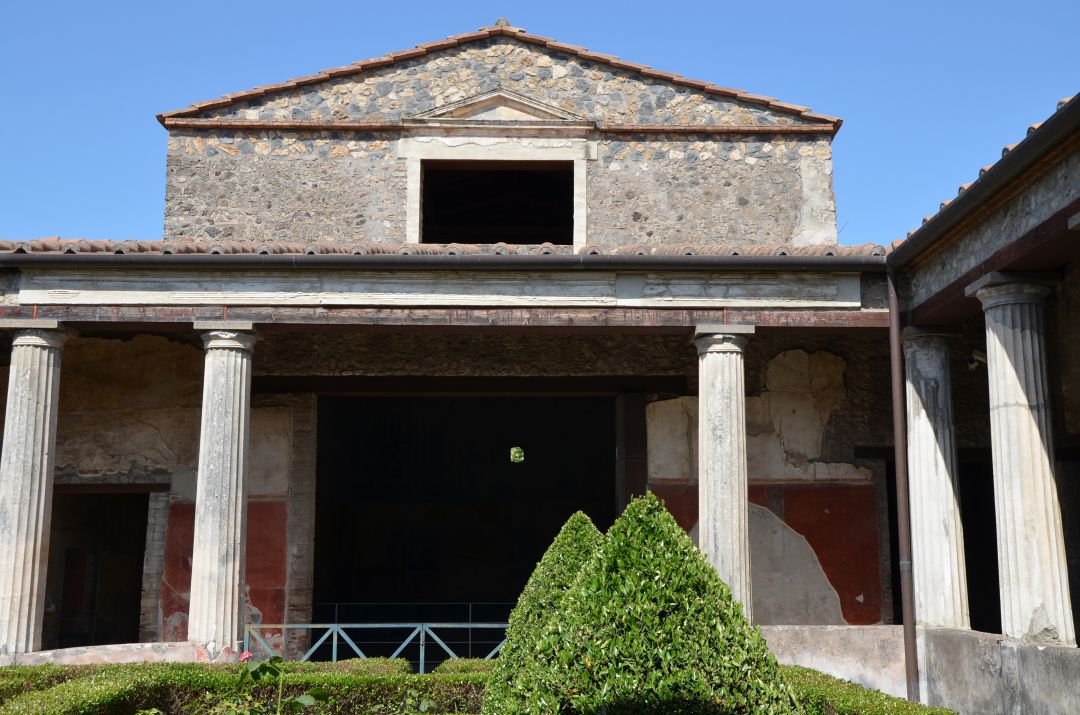Explore an Ancient City and Be Left in Awe on a Private Tour of Pompeii
When you explore this Ancient City, you will be left in awe on a Private Tour of Pompeii because this city is world famous for its uniqueness.
On the foot of the volcano, Mount Vesuvius, lies the ruined city of Pompeii that was encased with around six meters of ash and pumice stone after the volcano erupted in AD 79.
Excavations started on the abandoned city in the 18th century and to date, almost three-fifths of the city have been uncovered. When you think that the city had three kilometres of city walls, that is a lot to be uncovered, especially as it is hard, long and tedious work.
In the early stages of excavation, any artefact that was discovered went directly to the museum in Naples, but since 1911, the archaeologists leave all artefacts in the place they are found.
Top 10 Things to Do in Pompeii










Travel Tips for Pompeii
The best time to visit Pompeii will all depend on your preferences; If you want to see the city under the heat of the sun then during the summer months is for you. If you are more interested in a relaxed sightseeing tour or want to do more activities then April, May, September and early October are better-suited weather wise. Those months are also ideal months for going on private tours as they are less crowded and cheaper.
The prices of food, drink and accommodation may vary slightly within Italy, but there are always good places to find that are reasonable. On average you are looking at a B&B for one night for around 22Euro offseason and 40Euro peak season. There are lots of small restaurants the will do great deals for early bird meals. For private tours, the prices again will vary depending on the time of the year you are looking to go on one.
Always do good research on the destination you are travelling to and book any private tour you can before travelling. Keep all valuables in a safe place and only carry enough money to do you for the day. When carrying money of your surroundings, it does not matter what country you are in; they are everywhere. Drink bottled water to be on the safe side and always check that the cap is sealed before opening it. Never walk alone at night in dark streets.
Italy has a typical Mediterranean climate which means that it is cool in the winter with a good bit of rainfall. The northern mountainous areas have snowfalls that can be extreme during January. In Southern Italy however, the temperature rarely drops to freezing in the winter. The summer months are very hot with temperatures rising to 32-degree Celsius or higher. Spring and Autumn's months have lovely warm days and chilly nights.
Travel Tips for Pompeii
The best time to visit Pompeii will all depend on your preferences; If you want to see the city under the heat of the sun then during the summer months is for you. If you are more interested in a relaxed sightseeing tour or want to do more activities then April, May, September and early October are better-suited weather wise. Those months are also ideal months for going on private tours as they are less crowded and cheaper.
The prices of food, drink and accommodation may vary slightly within Italy, but there are always good places to find that are reasonable. On average you are looking at a B&B for one night for around 22Euro offseason and 40Euro peak season. There are lots of small restaurants the will do great deals for early bird meals. For private tours, the prices again will vary depending on the time of the year you are looking to go on one.
Always do good research on the destination you are travelling to and book any private tour you can before travelling. Keep all valuables in a safe place and only carry enough money to do you for the day. When carrying money of your surroundings, it does not matter what country you are in; they are everywhere. Drink bottled water to be on the safe side and always check that the cap is sealed before opening it. Never walk alone at night in dark streets.
Italy has a typical Mediterranean climate which means that it is cool in the winter with a good bit of rainfall. The northern mountainous areas have snowfalls that can be extreme during January. In Southern Italy however, the temperature rarely drops to freezing in the winter. The summer months are very hot with temperatures rising to 32-degree Celsius or higher. Spring and Autumn's months have lovely warm days and chilly nights.

 © Copyright 2024 Private Tour Inc. All Rights Reserved.
© Copyright 2024 Private Tour Inc. All Rights Reserved.